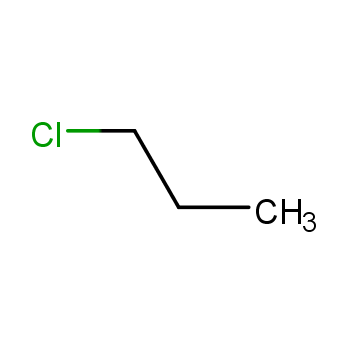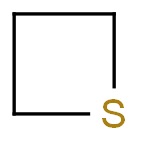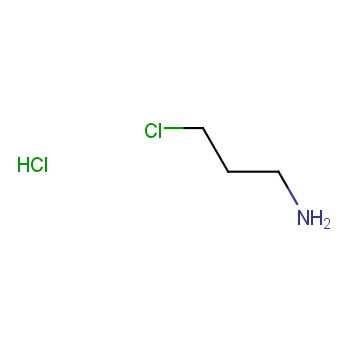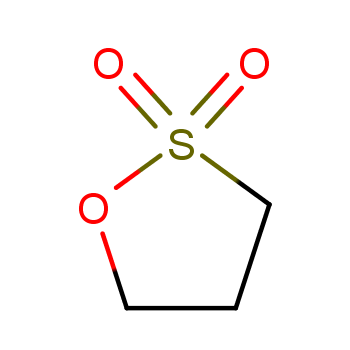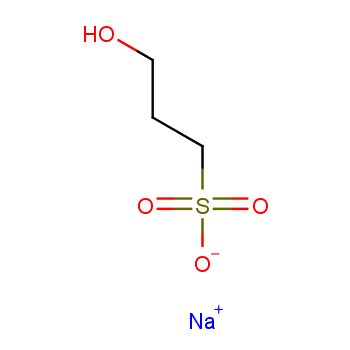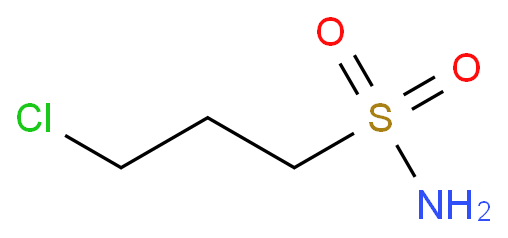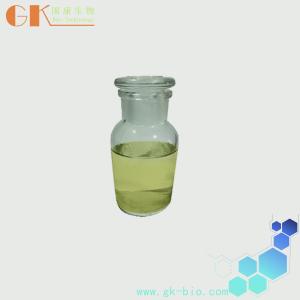-
3-Chloropropanesulfonyl chloride
3-Chloropropanesulfonyl chloride, with the chemical formula C3H5ClO2S and CAS registry number 1633-82-5, is a compound used in various chemical reactions and processes. This colorless liquid, also known as 1-Chloro-3-propanesulfonyl chloride, is characterized by its chlorine and sulfonyl functional groups. It is commonly employed as a reagent in organic synthesis, providing a versatile platform for the introduction of chlorine and sulfonyl moieties into different molecules. 3-Chloropropanesulfonyl chloride is known for its ability to react with a variety of nucleophiles, such as amines and alcohols, to form corresponding sulfonamides and sulfonate esters, respectively. It is also used in the production of pharmaceuticals, agrochemicals, and other specialty chemicals. Caution should be exercised when handling this compound, as it is corrosive and can cause severe skin and eye irritation. Proper safety precautions, including the use of protective equipment and adequate ventilation, should be followed when working with 3-Chloropropanesulfonyl chloride.
View more+
1. Names and Identifiers
2. Properties
3. Use and Manufacturing
4. Safety and Handling
5. MSDS
6. NMR Spectrum
7. Synthesis Route
8. Precursor and Product
9. Computed Properties
12. Related Questions
13. Realated Product Infomation
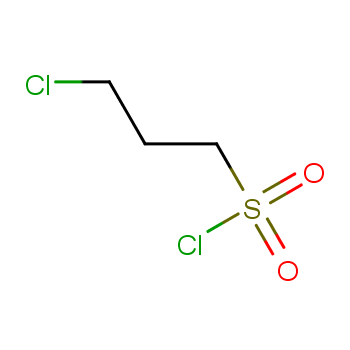
 EN
EN





